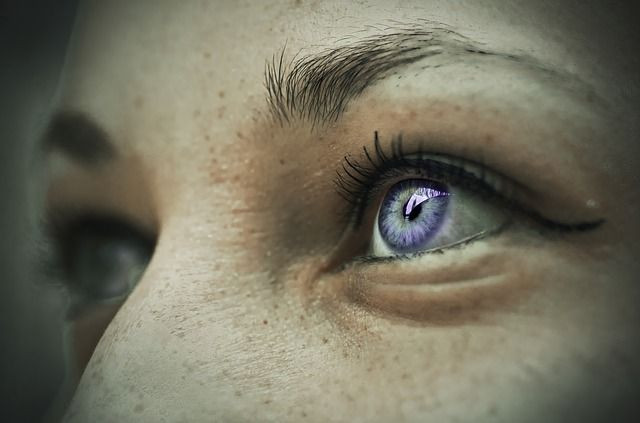Experimental Eye Test To Detect Early Alzheimer's Will Soon Undergo Human Trials

An experimental eye test for Alzheimer’s disease is set to undergo its first human trial starting this July, fresh off research recently published in the journal Investigative Ophthalmology & Visual Science that shows it could be used with mice. If successful in humans, the test would allow patients to receive treatments long before any neurological damage occurs.
Scientists from the University of Minnesota teamed up with CytoViva, an Alabama-based imaging technology company, to craft a noninvasive diagnostic device that attempts to detect the earliest stages of Alzheimer’s before any physical symptoms appear.
A large part of the challenge in creating an early Alzheimer’s test is being able to consistently find the abnormally formed brain proteins that signal the disease’s emergence and likely cause its symptoms, amyloid beta and tau. By the time the disease has fully formed, it’s thought these wayward proteins have accumulated to the point where they form plaques and tangles that cause neurons to die off.
Ordinarily, the only surefire way to confirm Alzheimer’s is by examining a person’s brain after they’ve died and finding these plaques and tangles. But the researchers theorized that the eye’s close relationship to the brain would also allow it to provide a much more accessible window into the disease’s progression. “The retina of the eye is not just ‘connected’ to the brain — it is part of the central nervous system,” explained study author Dr. Swati More, of the university’s Center for Drug Design, in a statement released by the Association for Research in Vision and Ophthalmology (ARVO), publishers of the aforementioned journal.
The researchers’ test takes pictures of the retina using what’s called hyperspectral imaging. Light is shone into someone’s eyes, reaches the retina located in the back of the eye, and is reflected back to the device. The device is then able to display retina images along different wavelengths of light. Based on earlier experiments with mice and human retina cells, More and her colleagues thought that the microscopic bits of amyloid beta in the retina would reliably create visible patterns of scattering in images taken in the shortest wavelengths — the same phenomenon that explains why the sun makes the sky appear blue in the middle of the day and orange and red when it’s setting or rising.
Sure enough, when they tested mice bred to develop Alzheimer’s and compared their results to control mice, they consistently found these patterns along different stages of the disease, most importantly before any symptoms showed up. “We saw changes in the retinas of Alzheimer’s mice before the typical age at which neurological signs are observed,” said More. “The results are close to our best-case scenario for outcomes of this project.”
Exciting as these findings are, there’s still a lot more ground to cover. The university is now recruiting human volunteers, both those healthy and those with Alzheimer’s, for a Phase 1 clinical trial of the technology. Like with the mice, More and her team hope to find distinct retina patterns between the two groups of test subjects. Unlike the mice, thankfully, they won’t need to be anesthetized to sit still for the test.
If the technology continues to pass its benchmarks with flying colors and someday make early Alzheimer’s detection a reality, it would break ground for other scientists navigating the tumultuous research area of Alzheimer’s treatment.
"First, effective treatments need to be administered well before patients show actual neurological signs," said co-author and fellow colleague at the Center for Drug Design Dr. Robert Vince. "Second, since there are no available early detection techniques, drugs currently cannot be tested to determine if they are effective against early Alzheimer's disease. An early diagnostic tool like ours could help the development of drugs as well."
Allowing Alzheimer’s patients and their families to better prepare for the exhaustive journey ahead would be worthwhile all on its own. Elsewhere, scientists are trying to use everything from saliva to skin to detect Alzheimer’s as early as possible. Only time will tell if any of these efforts pay off.
Source: More S, Beach J, Vince R. Early Detection of Amyloidopathy in Alzheimer's Mice by Hyperspectral Endoscopy. Investigative Ophthalmology & Visual Science. 2016.
Published by Medicaldaily.com



























